As well as teaching the curriculum, educators have the mammoth role of helping our students navigate the ups and downs of the world around them. When serious events occur around us, such as natural disasters, children often seek comfort and information from teachers they trust.
Helping Children Cope – Where to Start?
Helping children cope with traumatic events is a role that has many layers. Students may have seen events on the news, heard about them in the playground, or been directly affected. The current bushfire crisis in Australia is a prime example of events that can be confronting and traumatic for children on many levels.
In this digital age, many of us have access to round-the-clock news coverage which hounds us with confronting images.
These stories can be frightening to children and repeated exposure can leave them feeling hopeless and helpless. They may not be mature enough to grasp the proximity of scary events. They may feel scared, anxious or out of control and be full of questions.
Preparing Students
‘Prepare’ is the first step to helping children cope with natural disasters and traumatic events. Talking to students about emergency plans and preparing them for the feelings they may experience as events unfold is a great way to build their resilience and help them feel in control.
The National Workforce Centre for Child Mental Health, Emerging Minds, states that, while many people think that talking to children about the potential threat of a disaster will scare or traumatise them, the opposite is true.
“By talking to children about a potential disaster event you will support them in feeling safer…more secure…informed, educated and prepared…[and] reassured that even if a disaster does occur, the class (and wider community) will use its resources to work together.”
It’s easy to feel devastated and helpless when faced with issues such as Australia’s bushfire emergency. However, when discussing these issues with students, it’s important to be calm and confident.
‘Storm Watch’ alerts and the approach of bushfire season are great timely reminders to have these kinds of chats with your kids and help them prepare.
Why not guide your students through one of the following activities to help them process information?
- discussion group
- question and answer group
- drawing activity
- story writing activity
The Australian Red Cross has a helpful REDiPlan Preparedness program for children from Early Childhood right up until senior years of high school. These free disaster preparedness guides help children learn about how they can prepare for emergency situations.
Emerging Minds also offers a workshop for educators which can help you feel capable of having these big discussions with children.
Work with Your School
Depending on the size and location of your school, you may have an Emergency Plan. It is best to be clear with your administrators so that you know what level of preparation your classroom needs to have. You may need to discuss upcoming school closures with your students, or help them prepare in case of an evacuation. You may also need to have a whole-school approach to how you and your students will combat the negative environmental side effects of an event, such as smoke. As always, make sure parents are informed.
Supporting Students Through Events
So, what do you do if you’re already in the midst of a catastrophic event?
Obviously, this differs slightly depending on how close to the event you are situated. You may be living in an area with “watch and act” level warnings. Perhaps you’re out of the danger zone, but still being affected by environmental factors.
Students’ Mental Health and Feelings
Regardless of the level of physical threat posed, your students’ mental health will be affected.
You may like to start by checking in individually with your students each morning to see how they are going.
Other methods of support might include:
- maintaining your routine as much as possible
- promoting a positive and optimistic outlook
- setting clear behaviour expectations
- setting up a buddy, or student support system
- having your school counselor come in to chat with your class
- planning ahead with your students.
Some students may not want to discuss an issue, especially if they have been directly affected and are feeling sad or scared. Acknowledging these feelings and reassuring your kids that it’s natural to feel this way helps them move forward and validates their emotions.
Giving students coping techniques when they are feeling anxious or sad can help them to build their resilience and continue about their normal routine.
Teaching students to help calm themselves with breathing techniques or providing them with mindful activities can help them manage when they start to become distressed.
All of these resources can be downloaded from our Mindfulness Resource Collection.
It’s also important that you are alert for any negative effects of trauma that students may be exhibiting and keep parents up to date with your observations, such as:
- Avoidance – avoiding discussing the topic or participating in activities.
- Changes to emotional state – increased irritability, angry outbursts, difficulties concentrating, being wound up or nervous, crying.
- Changes in mood and thinking – loss of interest in previously enjoyed activities, appearing flat or empathetic.
- Increase in physical complaints.
- Withdrawl from friendship groups.
- Changes in appetite.
Helping Students Feel Informed
Children deserve the right to truthful information. There is a fine line between being open, however, and protecting them from unnecessary stress. It is tricky to filter through information so that you don’t overload your students and cause extra worry.
Beyond Blue have some amazing tips for helping your students understand what they see on the news:
“It can help to explain things in concrete ways, such as by showing them on a map how far away the event was from your neighbourhood, or explaining that what they’re seeing on TV is a replay of something that happened before, not a new incident”
Make sure you use age-appropriate language. You may also like to explore child-friendly news services with your class, such as Behind the News.
Showing your students a video that interviews children who are being affected can help them to relate better to the information. Seeing other children dealing with the event can make your students feel more capable and confident.
Make sure you focus on the positive aspects of the news. Exploring evidence of community spirit, the bravery of the emergency services and seeing the generosity of the public at these times is a great way to draw a positive feeling from devastating news.
Students may have intense questions about these topics. You need a strategy to help you answer these questions so that you can comfort your students but also be truthful and informative. Why not invite an expert, such as a firefighter or other emergency service person into your classroom to have a Q&A session?
Another great way of supporting your students is to help them feel proactive. Once they’ve prepared themselves, how can they help others in the community?
Get together and brainstorm ideas about how you could help others. Creating posters to raise awareness and participating in fundraisers or donation drives can help empower students and help them feel more confident.
Recovery
The road to recovery after a traumatic event is long. It doesn’t stop when the danger does.
It is incredibly important to understand that your students may have residual anxieties and feelings after a disaster. This means that you may need to continue to support and monitor your students’ emotional health for a long time after an event has passed.
Students may have lost their homes, familiar places in their community, or even friends who have had to relocate. Some children may have experienced life-threatening situations, or witnessed traumatic scenes.
Extended stress can have long-reaching effects on students. It can be difficult for them to get back into their learning if their sense of safety has been damaged. It may be beneficial to get the help of an outside program, such as Bounce Back, to help students out.
Help restore a sense of control and re-build students’ confidence by giving them real-life stories of recovery.
Why not read them a storybook to help them recover?
Many states and territories have Natural Disaster Recovery resources available on their website, such as these ones from Queensland Health or check out Beyond Blue’s free, evidence-supported storybook to help children understand trauma and recover from natural disasters.
Teacher Self-Care
Supporting students who are experiencing heightened emotions for a long period of time can have a big toll on your own emotions. Making sure you monitor your own emotions and needs is incredibly important. You can’t take care of the emotional needs of your kids unless you take care of yourself first.
Our blog 5 Tips for Teacher Well-Being discusses a few ways that teachers can look after their own mental health:
- Take time to destress, by listening to music, meditating or listening to soothing music.
- Have a chat with a colleague or mentor to share your concerns for your class.
- Have a good work/life balance. Make sure you are satisfied with your own level of preparation at home.
- Take care of yourself physically, including maintaining exercise regimes and healthy eating.
What advice do you have for helping children cope with traumatic events? Leave your comment below.
To help Aussies who have been affected by the traumatic events of bushfire season, Beyond Blue has produced a page with resources and information around bushfires and mental health. For help concerning the emotional impact of bushfires, information about emotional distress and links to other helpful websites, visit their page.
If you or someone you know is struggling to cope with a traumatic event, please seek support by contacting Lifeline or Beyond Blue.
Banner Image: Syda Productions/shutterstock.com

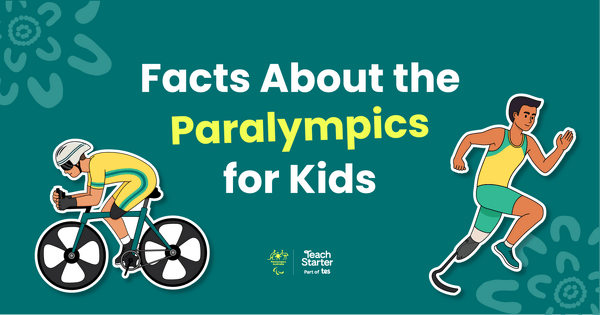

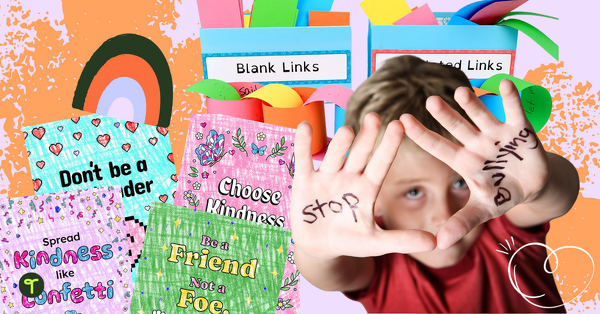
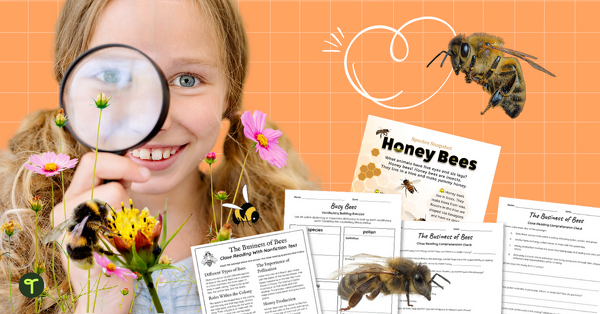
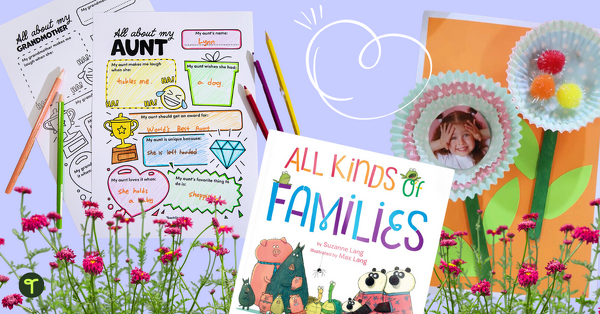
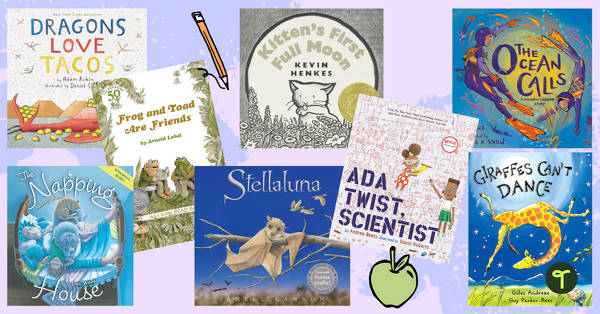
Great blog Emma, very informative!🙌ðŸ»ðŸ‘
Hi Shandell, Thank you very much! I'm so glad to hear you took something from this article. Kind regards, Emma
Thanks Emma, this is such a useful article for teachers and mums. So well written.
Thanks very much Ali!